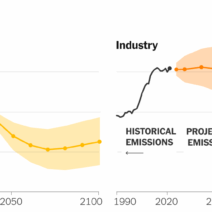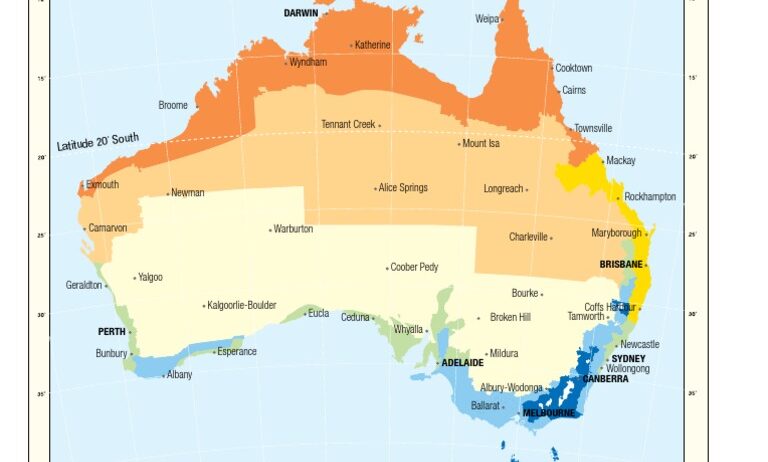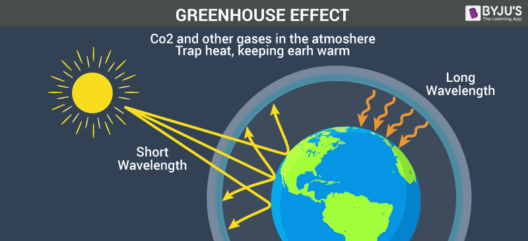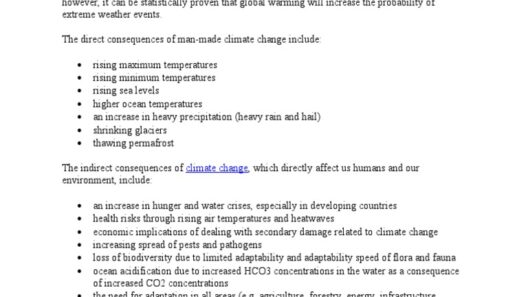Climate zones are geographical regions that have distinct weather patterns and climatic conditions, shaped primarily by latitude, topography, and proximity to oceans. Understanding climate zones is not only essential for environmental scientists but also crucial for individuals and communities as they navigate the complexities of climate change and its impacts. This exploration delves into the intricacies of climate zones, elaborating on their classifications, significance, and the role they play in shaping ecosystems and human activities across the globe.
The categorization of climate zones arises from the varying temperature and precipitation patterns found in different parts of the world. By delineating these regions, scientists can better comprehend how climate influences biodiversity, agriculture, and even human habits. However, it’s crucial to comprehend the detailed typologies within these zones and how they interrelate.
One of the most widely recognized systems of climate classification is the Köppen climate classification, which divides the world into five principal climate categories. Each category contains several subtypes, offering a comprehensive view of how varied climates perform within the global context.
By defining climate zones, researchers aim to facilitate better predictability in weather patterns, enabling societies to adapt and respond effectively to climatic shifts. Below, we explore the primary climate zones and their characteristics in depth.
Describing the tropical climate zone unveils a paradise characterized by warm temperatures and substantial moisture. The tropical zone typically spans areas near the equator, extending to about 23.5 degrees north and south latitude. Here, sunlight strikes the earth perpendicularly, giving rise to relentless heat and vibrant ecosystems. This zone is generally observed in regions like the Amazon Rainforest and the Congo Basin, where lush vegetation thrives and a myriad of species coexist. With minimal seasonal variation, the primary concern in these areas is humidity and rainfall, which manifests as monsoons or prolonged wet seasons.
Subtropical Climate Zones: The Transition to Variability
Adjacent to the tropical zone are the subtropical climates. These regions experience a blend of warm temperatures and variable precipitation patterns, positioning them between temperate zones and tropical areas. The subtropical climate is often divided into two primary types: humid subtropical and dry subtropical. Humid subtropical regions, like parts of the southeastern United States, experience hot summers and mild winters, while dry subtropical zones see significant declines in rainfall, akin to desert climates. Understanding these variations is vital, especially concerning agriculture and water resource management.
In the context of climate change, subtropical regions face compounding challenges. Rising temperatures can accentuate droughts, impacting crop yields and food security. With such stark contrasts in climatic conditions, adapting farming practices accordingly is essential for sustaining livelihoods in these vulnerable regions.
Temperate Climate Zones: Balancing Extremes
The temperate climate zones exemplify the embodiment of moderate conditions, found primarily between the tropics and polar regions. This classification includes marine west coast, Mediterranean, and continental climates. Marine west coast climates, evident in places like the Pacific Northwest, are characterized by mild temperatures and abundant rainfall year-round. In contrast, Mediterranean climates, persistently dry in the summer yet rainfall-rich in winter, are found in parts of Southern California and the Mediterranean Basin. Continental climates, however, are marked by stark temperature fluctuations between seasons, with hot summers and frigid winters typical in regions such as the central United States.
The temperate zones present unique opportunities for agriculture and human settlement but are not without their own dilemmas. Climate variability can lead to increased incidences of extreme weather events, directly affecting community resilience and ecosystem stability. Shifting weather patterns demand adaptive responses, emphasizing the need for comprehensive climate strategies.
Polar and Alpine Climate Zones: The Extremes of Cold
Polar and alpine climate zones represent the extremes of the climatic spectrum, distinguished by their reprehensibly cold temperatures. The polar zones are characterized by perpetual coldness, experienced predominantly in regions within the Arctic and Antarctic Circles. These areas receive minimal sunlight, leading to long winters and short, cool summers. Iconic examples include Greenland and parts of Antarctica, where ecosystems are uniquely adapted to survive harsh conditions.
The alpine zones, found on high mountains around the world, also endure cold temperatures. Unlike polar climates, alpine regions can exhibit notable seasonal changes. With every ascent of the mountain, vegetation and climates shift, creating distinct ecological niches. As climate change alters these delicate ecosystems, the effects can be catastrophic, threatening biodiversity and even global weather patterns.
The Importance of Understanding Climate Zones
An awareness of climate zones is integral to addressing crucial global issues such as climate change, habitat loss, and food security. By studying climate zones, scientists, policymakers, and communities can develop informed strategies to combat environmental degradation and foster sustainable practices. Regions are not static; they evolve through time, showing the profound impact human activity has on our planet.
Ultimately, understanding the nuances of climate zones is essential for shaping responses to ongoing environmental changes. Our knowledge informs conservation efforts, guides urban planning, and helps predict the intricate patterns of weather phenomena that influence our daily lives.
In conclusion, the categories of climate zones illuminate the diverse and intricate tapestry of our planet’s ecosystems. Knowledge of these zones not only aids scientists in forecasting future climate conditions but also empowers communities to make informed decisions about sustainability in the face of an ever-changing climate landscape.








